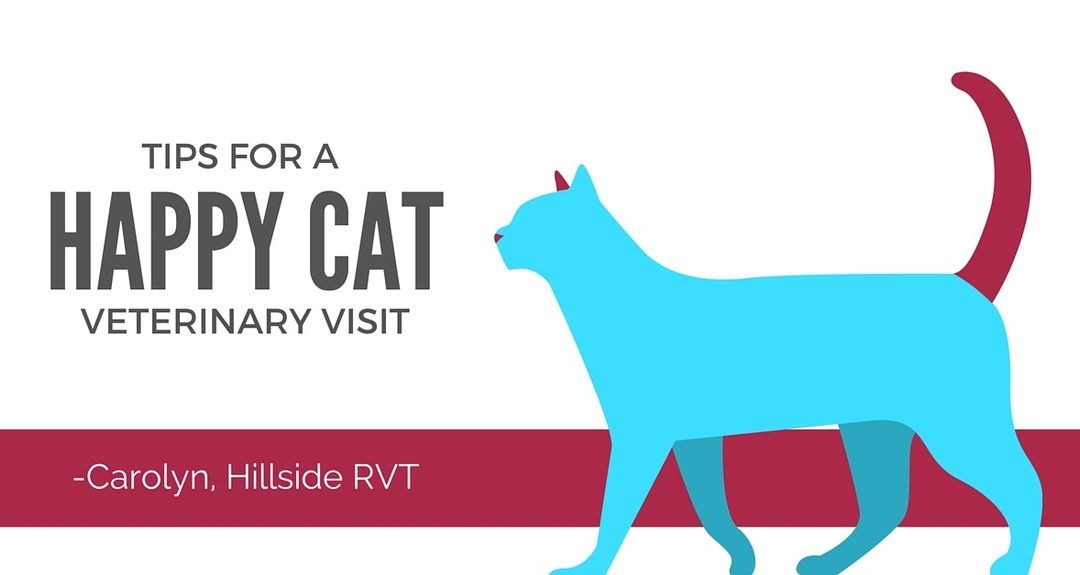For many cats and their owners, a trip to the vet is a stressful experience. According to a 2013 survey, 44.9% of cat owners did not take their cats to the vet the previous year. One of the reasons cited was that owners believed their cats, especially indoor cats, became stressed when leaving their home environment. Does this sound like your feline friend?
It is vitally important that your cat receives regular veterinary care throughout their lifetime. Recently veterinary medicine has begun to understand the implications stress can have on them. The American Association of Feline Practitioners (AAFP), as well as experts in the field of feline behavior, have created a set of guidelines for veterinary practices to follow. These guidelines are meant to help alleviate stress. As a team, you and your veterinary professionals can help make your cat’s visits less fearful, ensuring thorough exams. In order to achieve this, try these simple tips at home to help you and your cat have a more enjoyable visit.
Prior to your appointment:
At least 1 week prior to your appointment, pull out your cat’s carrier and place it somewhere your cat spends his or her time (experts recommend leaving the carrier out all the time so as to minimize fear). Leave the door to the carrier open, or take the top off, and place a soft blanket inside. Use calming or pheromone products, such as Feliway, to make it more pleasing for the cat. If they are afraid of the carrier, consider feeding your cat nearby or inside the carrier in order to make more positive associations with it.
Also, turn on the radio at regular intervals. Studies have shown cats respond well to classical or soft pop music. There is also a CD called Through A Cat’s Ear available online that studies have shown relaxes cats.
Day of your appointment:
Do not feed your cat prior to leaving for the vet. Some cats may become nauseous from the car ride and a big breakfast will only make them feel worse. Also, we like to use treats as rewards to make the visit a more positive experience.
When it is time to leave for your appointment, start the car in order to get it to a comfortable temperature. Turn the radio on to soothing music, preferably the kind of music you have played at home. Place treats or toys in the carrier and place your cat inside. Place a towel over the carrier. Again, using pheromone products can be helpful as you can spray the towel and your car.
When you place your cat in the car, be sure the carrier faces the back of the seat. Keep the towel over the carrier to minimize stressful stimuli. While driving to the vet, try not to talk to your cat. Many will meow loudly, but experts say it is better not to reinforce the fear.
When you arrive at the vet, check with the front desk if there are any potential stressors in the front lobby (you can call them or run in to check). When ready, carry the carrier from underneath, not by the handle, to ensure stability. If you have to wait in the lobby, place the carrier on a high surface (a bench or counter-top). The towel should be kept over the carrier the entire time.
Once in the exam room, open the carrier and encourage your cat to explore the room. Use toys or treats to help them relax before the veterinary staff comes in.
We at Hillside Animal Hospital strive to provide the best possible veterinary care. If your cat is stressed by the time he or she enters the hospital, it will decrease the likelihood of us being able to provide proper care. Anything that can keep them calm prior to walking in our doors will pay off in the long run. If you have any questions, please call our office at 314-645-2141.

